What is Edge Banding and Why Does It Exist?
Edge banding is a crucial technique in furniture making that addresses a common issue: the raw edges of wooden boards. When wood is cut, these exposed edges can lead to a range of problems, both in appearance and functionality.
The Problem with Raw Edges
Raw edges on wooden panels can create several concerns:
- Moisture Absorption: Uncovered edges may allow moisture to seep into the wood, resulting in warping and swelling. This moisture can significantly shorten the lifespan of the wood and compromise its structural integrity.
- Aesthetic Damage: Raw edges can make furniture look unfinished or low-quality. This is especially problematic for high-end or custom pieces, where visual appeal is crucial.
Edge banding provides a solution by covering these raw edges with thin strips of material, known as what is Edge Banding. This not only protects the wood from moisture but also enhances the overall look of the furniture.

The Role of Edge Banding
Edge banding serves several key functions:
- Protection: By covering raw edges, edge banding helps minimize the effects of humidity and liquid spills, safeguarding the wood from damage.
- Improved Aesthetics: Edge banding gives furniture a polished, finished appearance, making it more visually appealing.
- Extended Lifespan: With effective protection against moisture and wear, edge banding helps prolong the life of wooden furniture.
Advancements with Engineered Wood
You might be curious about engineered wood, which is often treated to resist moisture. While engineered wood does offer some resistance, it is still susceptible to water absorption due to wood’s inherent properties.
Engineered wood can significantly reduce moisture absorption, but it cannot eliminate it entirely. This is why edge banding remains essential, even for modular furniture made from engineered materials. It provides an extra layer of protection that helps maintain the integrity of the wood.
How Does Edge Banding Work?
Applying edge banding involves covering the raw edges of wood panels with narrow strips, often called “edging tapes.” In commercial settings, this is typically done using specialized machines known as edge banders, which use hot-melt adhesive—also known as hot-melt glue.
These machines can handle thermoplastic edgebands up to 3 mm thick and 50 mm wide, allowing for various applications and finishes. The adhesive bonds the edge banding securely to the wood, creating a seamless and durable finish.
Different Forms of Edge Banding
Edge banding can be made from various materials, each offering unique benefits:
- Wood: Traditional wood edge banding provides a classic look and feel, ideal for high-end furniture. It can be made from various species, including oak, maple, mahogany, ash, and walnut.
- PVC (Polyvinyl Chloride): The most commonly used material in the furniture industry, PVC edge banding is known for its excellent processing characteristics, durability, and ease of application. It’s particularly popular for modular furniture.
- ABS (Acrylonitrile Butadiene Styrene): Similar to PVC, ABS is lighter in density, chlorine-free, and not flame retardant. It offers many of the same benefits as PVC.
- PP (Polypropylene): A semi-crystalline plastic often used in packaging, PP is excellent for small radius applications and serves as a chlorine-free alternative to PVC and ABS.
- PMMA (Polymethyl Methacrylate): Known for its high clarity, PMMA is a premium thermoplastic material that offers exceptional transparency, even surpassing that of glass.
- Laser Edgebanding (Zero Joint Edgebanding): This innovative method creates a seamless, adhesive-free bond between the edge banding and the board. The fusion enhances resistance to thermal distortion and moisture, resulting in a durable and visually appealing finish.
Wood Veneer Edgebanding
Wood veneer edgebanding consists of thin slices of wood joined together into a continuous roll. This type allows for a natural wood appearance, offering a wide variety of species and finishes. Popular options include oak, maple, mahogany, ash, walnut, and more, including both natural and dyed veneers.
Conclusion
Edge banding is an essential element of modern furniture design, tackling the challenges posed by raw wood edges. By providing protection, enhancing aesthetics, and extending the lifespan of wooden furniture, edge banding plays a vital role in the woodworking industry. With advancements in materials and techniques, there are now more options than ever to meet the specific needs of your projects, ensuring that your furniture not only looks great but also stands the test of time.






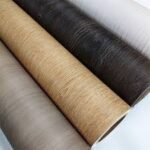


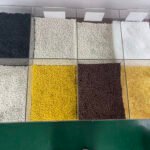





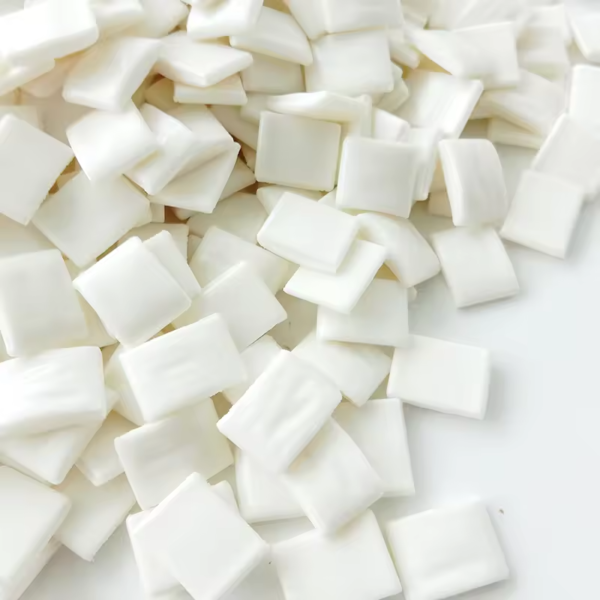

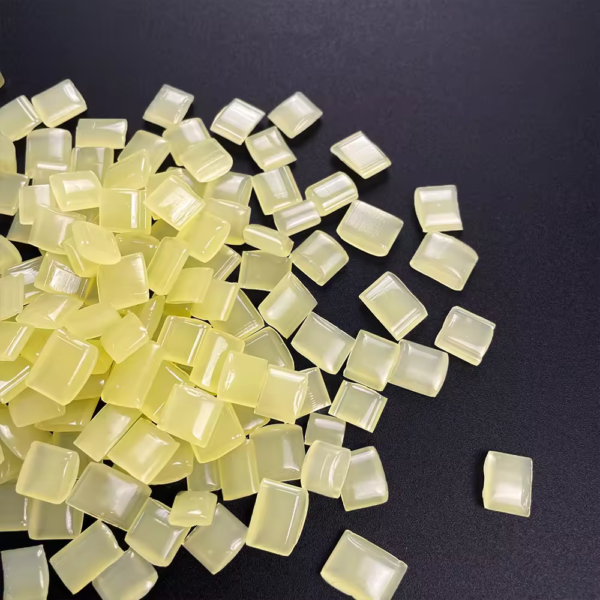

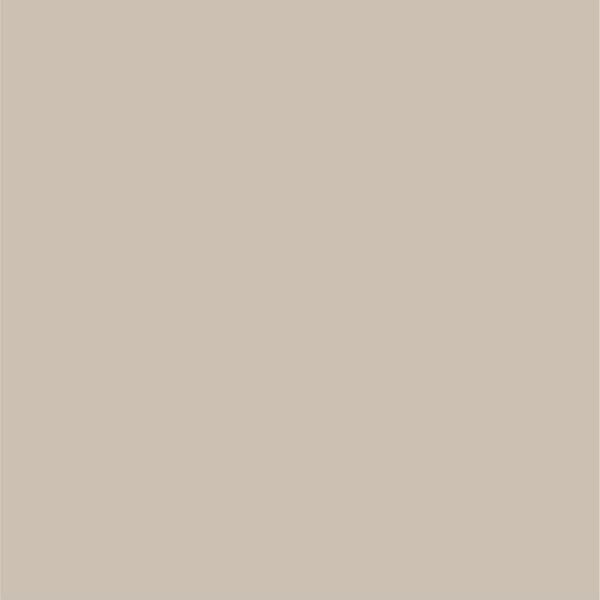
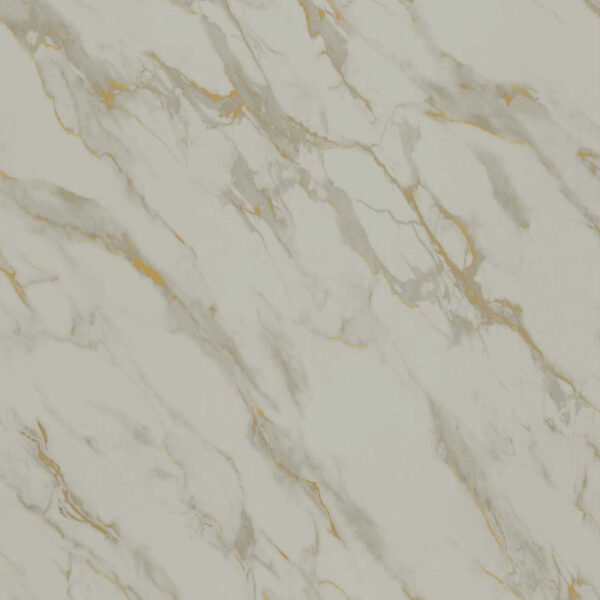

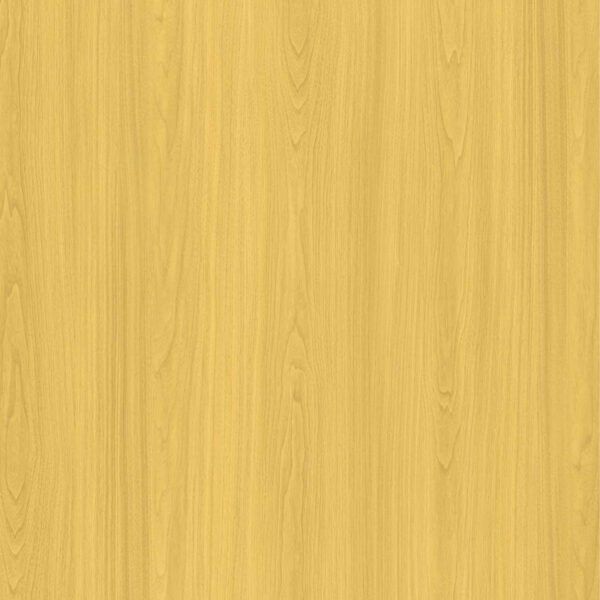


Leave a Reply